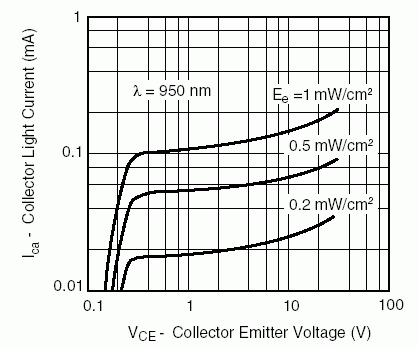adinogcas
Junior Member level 1
Hello all,
I have confusion when analyzing this simple basic circuit:
I have a circuit that amplify the signal from a photodiode (D1) with a opamp U1 and R1. Here is my calculation for Vo: (suppose ideal opamp)
When there is light, D1 creates current Id, whose direction goes from D1 to Vn (cant go to opamp) and goes to Vo. So I have:
Vn-Vo=R1*Id;
Vn=Vp=0 (virtual ground)
=>Vo= -R1*Id
That's my result!!! So why in the book, it says Vo=R1*Id (not inverting) ? If Vo=R1*Id, there is a current will flow from Vo to Vn to cancel Id???
I have confusion when analyzing this simple basic circuit:
I have a circuit that amplify the signal from a photodiode (D1) with a opamp U1 and R1. Here is my calculation for Vo: (suppose ideal opamp)
When there is light, D1 creates current Id, whose direction goes from D1 to Vn (cant go to opamp) and goes to Vo. So I have:
Vn-Vo=R1*Id;
Vn=Vp=0 (virtual ground)
=>Vo= -R1*Id
That's my result!!! So why in the book, it says Vo=R1*Id (not inverting) ? If Vo=R1*Id, there is a current will flow from Vo to Vn to cancel Id???
